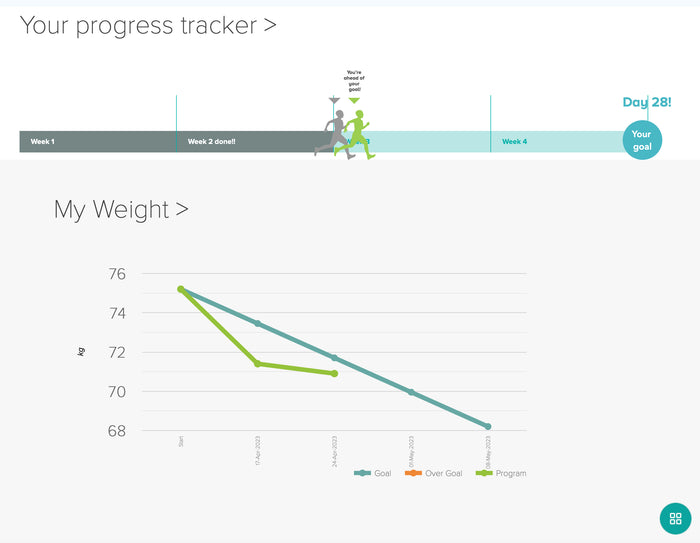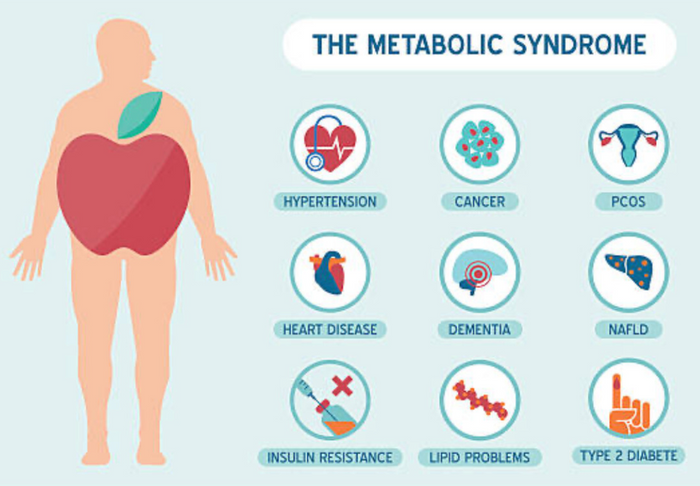As a population, we are spending increasing amounts of time in environments which limit physical activity and have shifted towards sedentary lifestyles. An increase in office “desk” jobs, long periods spent travelling in the car, more time consumed sitting in front of the television and an increase in the use of computers and mobile phones all have a part to play in this shift.
Sedentary behaviour involves prolonged periods of sitting or lying down with limited breaks for physical movement. Studies have found that for those within an office job, an estimated 80% of time at work may be spent sitting, with minimal breaks.
Being physical is essential for health and well-being. Studies have shown a relationship between sedentary lifestyles and central adiposity (belly fat!), fasting triglyceride levels (fats in your blood) and impaired fasting glucose. A lack of physical activity typically results in decreased energy expenditure, which can result in overweight and obesity.
Prolonged periods of sitting also results in fewer skeletal muscle contractions, which may result in reduced clearance of triglycerides, reduced clearance of glucose and altered insulin secretion.
On the contrary, breaks in prolonged sitting can be linked to satisfactory waist circumference, body composition, blood triglyceride levels and glucose levels.
Physical activity is any activity that gets your body moving, to cause an increase in your respiration rate and heart rate. Frequent physical activity has plenty of benefits on physical health, including:
- Reducing risk of cardiovascular disease
- Reducing risk of developing type 2 diabetes
- Reducing risk of some cancers
- Maintaining or improving blood pressure and cholesterol
- Maintain a healthy weight and assist with weight loss
- Maintain strong muscles and bones
- Improve mental health
Physical activity can also be incidental or broken into smaller blocks throughout the day.
To reduce your risk of poor outcomes associated to a sedentary lifestyle, find any and every opportunity to move within the day by:
- Walking or cycling to work
- Take the stairs instead of the lift
- Break up periods of sitting by walking to the bathroom, going to grab a glass of water, or standing and stretching for 1-2 minutes
- Limit daily screen time
- Aim to include muscle strengthening activities to improve posture, joint health, metabolic function, mobility and balance




























